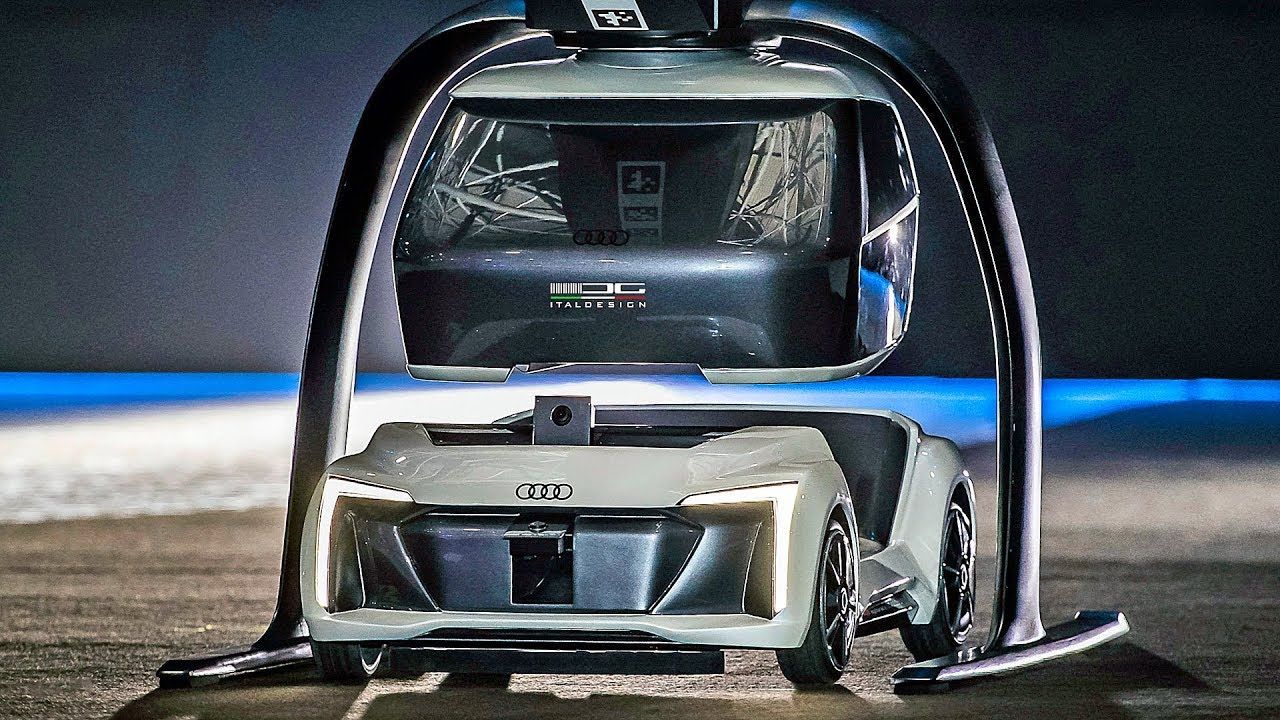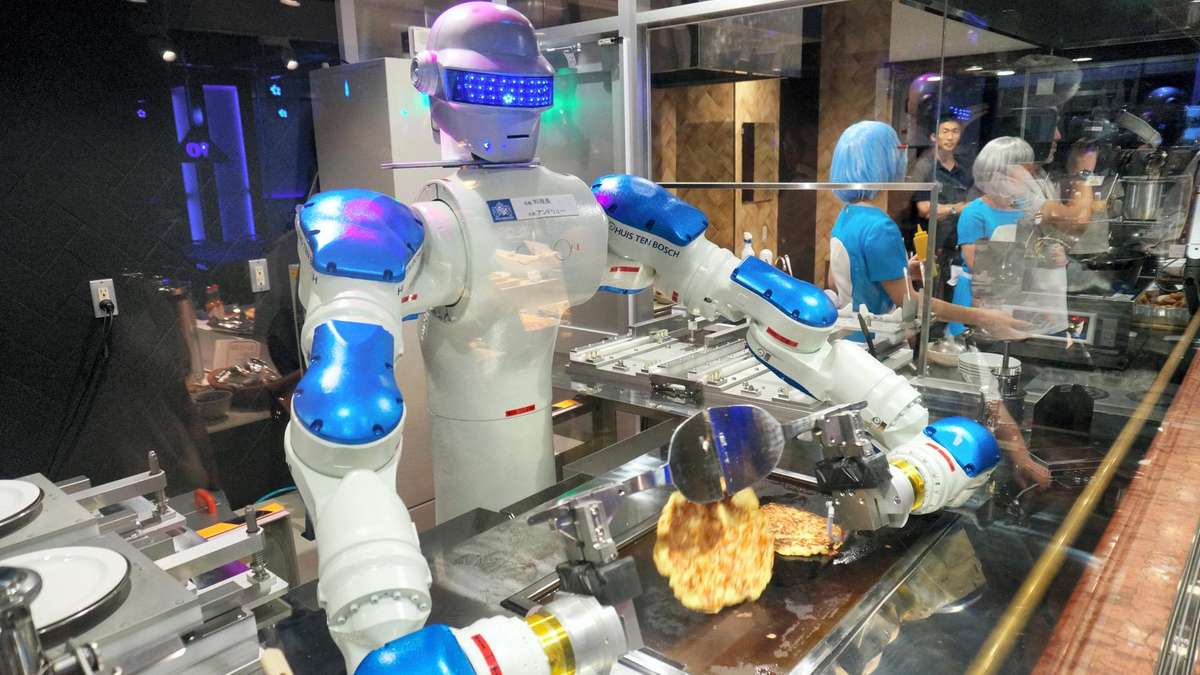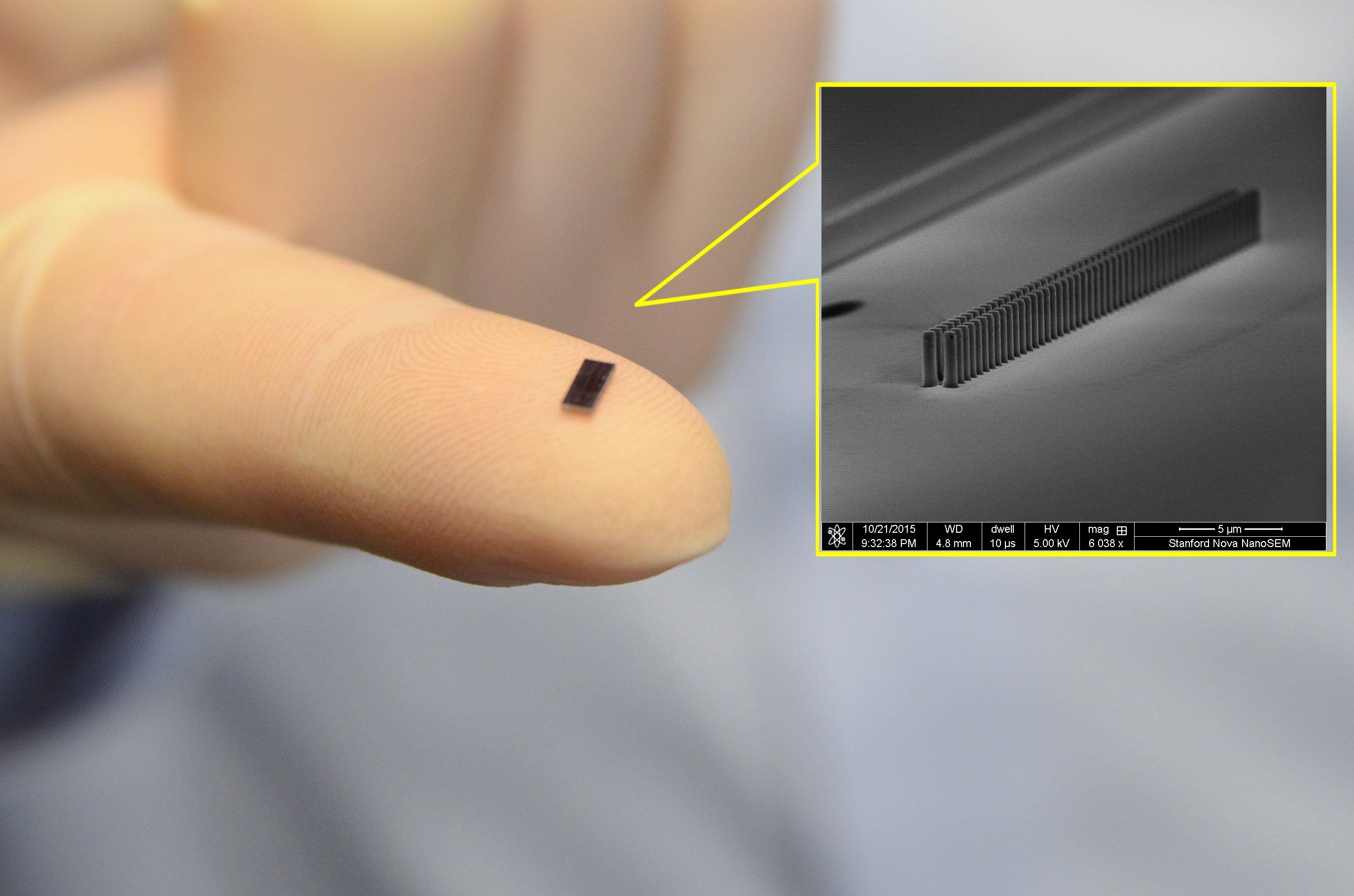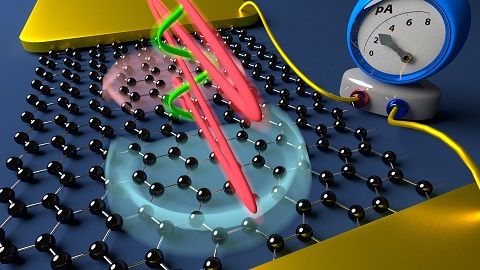Nov 27, 2018
Audi is starting to test its ‘all-electric flying and self-driving car’
Posted by Klaus Baldauf in categories: drones, robotics/AI
T/
Audi, Airbus and Italdesign are all working together on an electric “flying taxi” concept and they are now starting to test the vehicle.
Continue reading “Audi is starting to test its ‘all-electric flying and self-driving car’” »


















